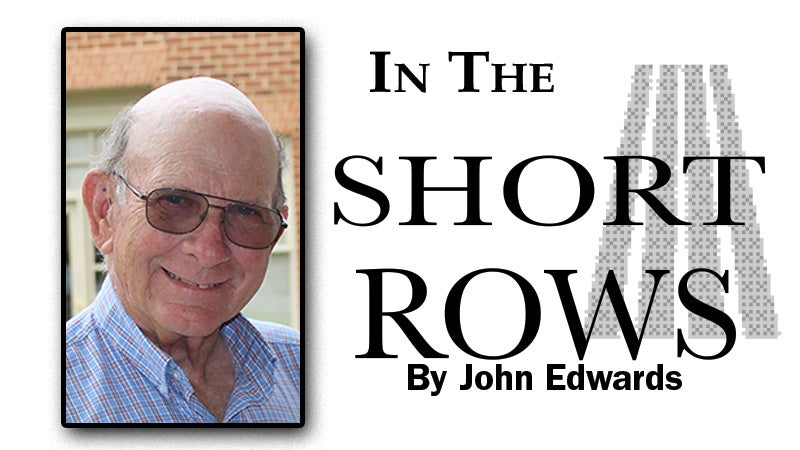The days of the drive-in movie
Published 7:19 pm Tuesday, September 8, 2015
 The mid-20th century was the age of big movies and big screens. The Commodore in Portsmouth is a surviving example of what a big-screen theater was like. It is one of the few of the grand old ladies that continue showing movies regularly, but back in the day there were plenty of similar venues.
The mid-20th century was the age of big movies and big screens. The Commodore in Portsmouth is a surviving example of what a big-screen theater was like. It is one of the few of the grand old ladies that continue showing movies regularly, but back in the day there were plenty of similar venues.
While few of the old theaters have been able to compete with the marketing changes in movie presentation, some have been saved by being turned into cultural centers or settings for live theater.
But if changing tastes and marketing have been hard on large movie theaters, they have been even more so for another big screen phenomenon — the drive-in theater.
America’s fascination with the automobile was the catalyst for entrepreneurs to combine that love with our love of movies. They turned cow pastures into lucrative parking lots for huge screen outdoor theaters. You could pull in, pay admission, find a vacant speaker on a metal post, hang it on your window and enjoy a movie in the comfort of your automobile. What could be more American?
Drive-ins were a great idea for families with little children. They could sit in the back seat and if they got a bit noisy, they didn’t disturb anyone other than Mom and Dad. And if they fell asleep during an airing of Ben Hur or some other mega-production, there was no harm. Just let them sleep until you got home.
Drive-ins were perhaps even more popular for teens and young adults who were dating. They offered a relatively safe “parking” place for young lovers, sometimes patrolled but only loosely. For them, the movies of choice were often a bit more racy than the family shows, though “racy” in the mid 20th century was pretty tame by 2015 standards.
We had several choices in drive-ins in Hampton Roads. The most convenient and most popular for Isle of Wight youth were the Plantation Drive-In on U.S. 460 in Nansemond County (the county later merged with the city of Suffolk), and the Anchor Drive-In on Jefferson Avenue in Newport News.
The Plantation big screen featured a fake plantation porch complete with columns and windows and was a prominent structure on 460 from its opening in 1949 until it finally closed in 1970s.
The Anchor opened in 1952 and lasted until 1985.
Like many 1950s activities, drive-ins have their nostalgia fans. There is even a website titled driveins.org that lists all the known drive-ins from the mid-20th century and those that remain open today.
According to the website, there were more than 200 such theaters in Virginia alone during the peak of the craze. They were scattered throughout the Commonwealth, with significant concentrations in Hampton Roads and the Richmond area.
Today, the website reports that there are 10 active drive-ins in Virginia. If you have a hankering to watch a drive-in movie for old time sake, the closest of the remaining ones appears to be in Hadensville, west of Richmond. It’s actually a new facility, opened in 2009 and accommodating 340 cars.
Older drive-ins, some dating back to the late 1940s, are scattered through the piedmont and mountain regions of Virginia. All you’d ever want to know about them can be found at the driveins.org site.


